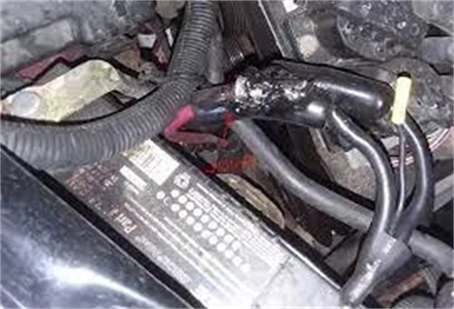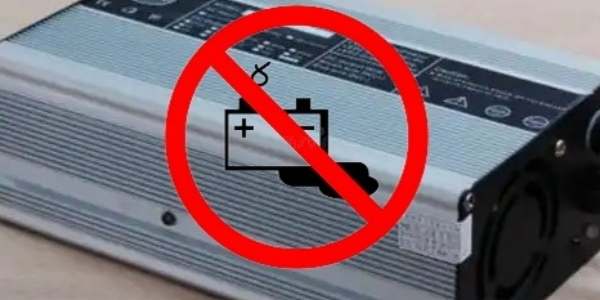Beware of Danger! When the LiFePO4 Battery Charger Is Connected Incorrectly
LiFePO4 battery chargers are essential tools for keeping our devices and vehicles powered up and functional. However, connecting a LiFePO4 battery charger incorrectly can have serious consequences, potentially causing damage to the battery, the charger, and even posing a safety risk. In this blog post, we'll explore what happens when a LiFePO4 battery charger is connected the wrong way and the potential dangers associated with this mistake.

1. Reverse Polarity:
When a LiFePO4 battery charger is connected incorrectly—positive to negative and vice versa—it creates a reverse polarity situation, potentially causing severe damage.
2. Battery Damage:
Reversing polarity forces the battery to discharge rapidly, leading to overheating, chemical leakage, or even explosion. Since the battery’s internal chemistry is designed for a specific polarity, reversing it disrupts normal function and causes irreversible damage.
3. Charger Damage:
Incorrect connections can also harm the charger. While many modern chargers include reverse polarity protection, these safety features are not infallible. A reversed current flow can overload the charger's circuitry, damaging its internal components and rendering it inoperable.
4. Fire Hazard:
One of the most serious risks of reverse polarity is fire. The rapid energy discharge generates excessive heat, which can ignite flammable materials nearby, creating a significant fire hazard.
5. Safety Precautions:
Always double-check connections before using a LiFePO4 battery charger. Ensure the positive lead connects to the positive terminal and the negative lead to the negative terminal. Follow the manufacturer’s instructions carefully and remain cautious to prevent costly mistakes.
6. Seek Professional Assistance:
If you accidentally reverse the connections, do not attempt to fix it yourself. Handling electrical components improperly can be dangerous. Instead, seek professional help to avoid further damage and safety risks.
Conclusion:
Properly connecting a LiFePO4 battery charger is essential for the safety of both the charger and the LiFePO4 battery. Reversed polarity can lead to severe damage, including battery failure, charger malfunction, and potential fire hazards. To ensure a safe and efficient charging process, always follow correct procedures and double-check connections. If an error occurs, seek professional assistance immediately to prevent further damage and safety risks.

